

Camille Dubuis-Welch
Architectural looking and totally beautiful, orchids are a fine home addition to add color and design interest to a space, and knowing how to care for orchids properly will ensure that they stay looking their best, all year long.
Orchids are tropical outdoor plants by nature but if you don't live somewhere with a particularly warm climate they make great indoor plants too. Caring for potted orchids can be easy, but it is all too evident of when something is out of balance. Common orchid problems like bud blast, dark spots or drooping leaves, like with most house plants, come about when light and humidity levels are off. Get it right and yours will flower beautifully and look happy all year round.
How to care for potted orchids
Owner of Hickory Lane Plants Tasha Adams who was successfully caring for plants, for years, before starting her chic mobile plant business in 2019. She now sells out of a mobile plant truck named “Joe” from Facebook Marketplace as well as a retail storefront. Adams says that 'Orchids can be super easy with the right care. You want to mimic natural habitat as close as possible.' This is how:
1. Choose a healthy plant
You want to look for a healthy plant from the onset, especially if you're a beginner. Adams says: 'Buying and experimenting with orchids that are cheap but healthy is a good place to start. That way if you kill it you don't feel so bad! A big box store will usually carry nice healthy and affordable ones.'
2. Use the right type of potting mix
Your orchid has probably come shallow planted in a pot with what looks like a loose bark mix that shows its roots. The pot might also contain a combination of other materials, such as soil, moss, gravel, sand and Perlite (tiny white stones used to aerate soil).
What's in the pot should, in theory, have been chosen to suit the type of orchid you're growing. So, you might find that a phalaenopsis orchid (which tends to be the one you find in Ikea or the supermarket) has a pot full of loose coarse bark. Another type, cattleyas orchids tend to do better in medium bark, while young orchids thrive in fine bark. However, it's always worth checking the label, then ensuring that potting substance will suit your plant going forwards.
Adams recommendation is: 'Using a chunky potting mix is crucial for orchids as they are epiphytic, which means they grow on a host, like in a tree or an embankment.'
3. Place yours in a bright spot
Orchids prefer south- or east-facing spots on a bright windowsill or at least a bright spot. That said, they don't love direct sunlight – indirect is best. Put them anywhere shady or in a dark corner, though and they won't flower properly. Adams adds how 'Placing your orchid near a south window, or in a West window, will yield the most blooms!'
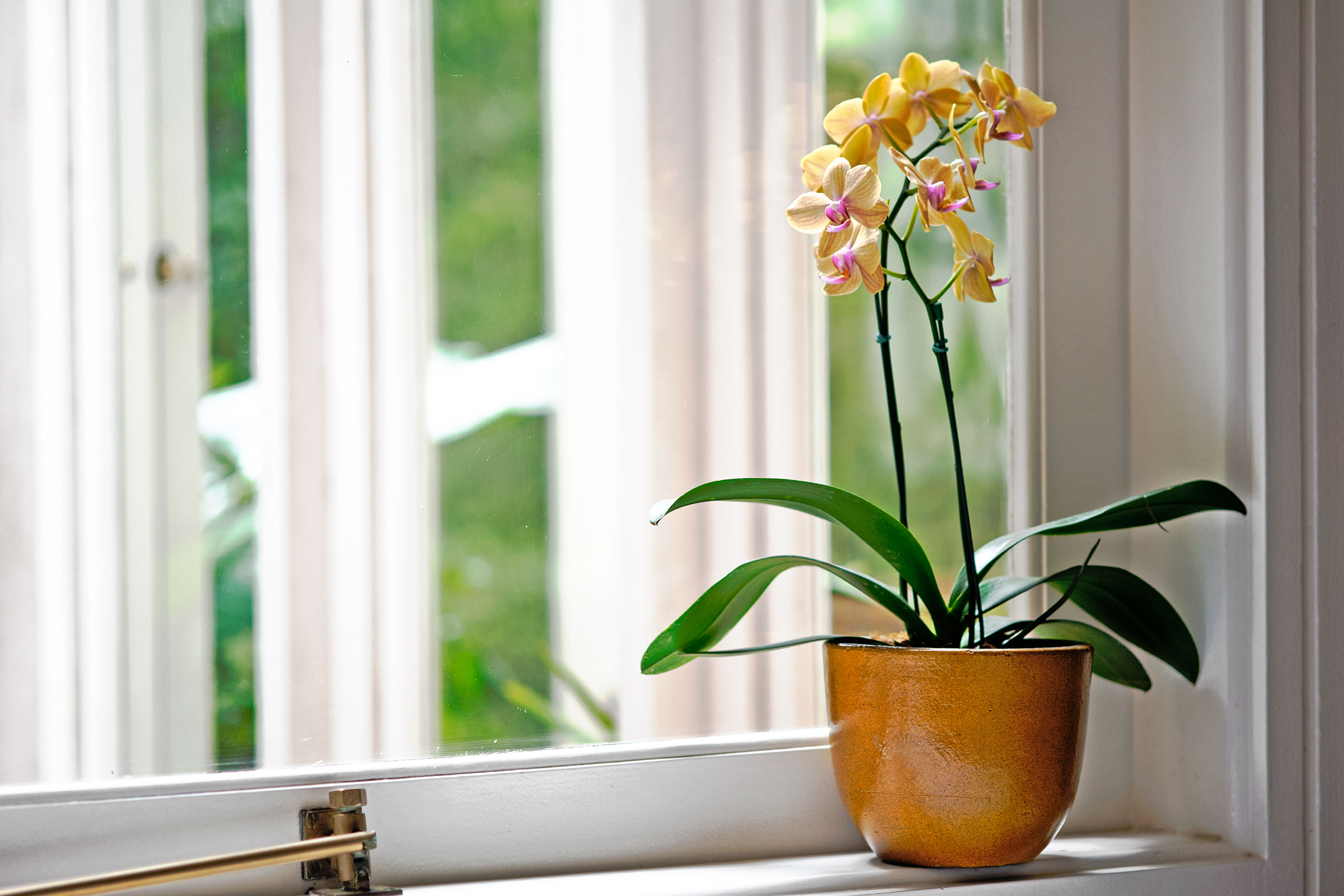
4. Regulate the room temperature
As for room temperature, like humans, orchids prefer the room they're in to be cooler at night than during the day, so don't put them near a storage heater or over a fireplace that's constantly lit in winter, for example. Like most plants, they like consistency.
5. Create a humid environment
Orchids also like humidity – another reason not to put them above a fireplace or near a radiator or on a sun-stroke windowsill. However, it does make them perfect kitchen or bathroom plants.
That said, orchids can work in other rooms – you just have to work a bit hard at keeping them healthy, either by misting them daily or by putting the pot in a saucer of water for them to draw on. Another option would be to invest in a good humidifier for your home.
6. Fully saturate when watering
Contrary to popular opinion, orchids do need regular hydrating but they should be allowed to dry out significantly in between, so knowing how to water orchids properly is a must.
Adams adds 'Watering can differ from each person's environment, so water when your orchid is dried out about 50% through the pot.'
So, if the soil or bark feels damp, don't be tempted to top it up just because you're watering other plants – give it a few more days. Adam recommends 'Feeling the leaves and doing what we call a "taco test" to feel resistance in the leaves to also tell if they need water. And when you water, give it a good drink! Don't be afraid to fully saturate the pot. Any plant that's in the right size pot and potting medium will benefit from getting a good full drink as long you allow them to dry out in between waterings.'
7. Use water that is at room temperature
There are a few different myths about the best ways to water orchids, but Adams urges us to forget the idea of watering orchids with ice cubes, noting how 'It doesn't rain ice cubes from the sky, so don't use them, even if your mom and grandma swear by them!'
Also, as a tropical rainforest plant, orchids simply won't appreciate artic cold water and it can cause them distress. Adams says 'Water thoroughly when you water and use water that is room temp, to avoid shock.'
A good way to do this is to use water left in drinking glasses from a few hours prior or spare water from your tea-kettle when completely cooled to room temperature, that way you're saving water around the home also.
8. Feed regularly when in growing season
Orchids do better when they're being fed weekly or every other week when they're having a growth spurt. Many orchids growing season is in March but there are other varieties that flower and bloom over winter, be sure to check for the particular variety you have.
You can usually cut feeding back to monthly and then every other month once orchids have reached maturity and seem happy. If the flowers drop off – don't worry, they are dormant, not dead.
Adams recommends you 'Feed your orchid with a bloom-boosting fertilizer.
9. Avoid disrupting your orchid
You'll want to repot your orchid, ideally every other year, and especially if the flowers suddenly stop appearing. But Adams notes that when it comes to repotting orchids, you don't want to overdo it so as not to unecessarily disrupt your orchid: 'Don't repot often, and try not to move the plant to a new location while in bloom.'
You also don't want to snip blooms off in the first instance Adams advises: 'Don't cut the blooms, because they could rebloom or produce a new orchid baby.'
10. Treat infestations quickly
Sometimes your orchid might get an infestation of aphids or mealybugs, scale or spider mites. Using an insecticidal soap is a good way to get rid of mealybugs and the like that will kill your orchid, fast.
What do you do with orchids after the blooms fall off?
Adams says 'Often, people buy orchids and the blooms fall off pretty soon after, which is to be expected. This is because the plant has been through several moves, from the growers to the seller and then to its final destination. Let your orchid rest, and let the stem die back on its own. Sometimes the flowers will produce a whole new baby orchid or rebloom from another stem attached to it! Once the stem has yellowed, you can then clip it off.'
Clara Leung who owns Clara’s Green House and sells houseplants via an online Facebook Marketplace shop also agrees, saying that when the blooms fall off, to just keep persevering but monitor how you're caring for your orchid, paying particular attention to light levels and watering needs. 'Do what you need to do while keeping in mind that the blooms fall off because they are overwatered while not receiving enough indirect sunlight.'
Botanist Dr Chris Wood, who gives advice as @thebotanistdad notes 'When buying an orchid, if possible, don’t buy one where all the flowers are in bloom. ‘Look for one where some are still in bud, so that you get a display of flowers for longer.
Orchid flowers will last for weeks or even months, but when they shrivel up and drop off, don’t be tempted to cut the long stem off at the bottom, by the leaves, just yet. If the stem is still green, there’s a good chance it will produce more flowers. Check for little scales or nodules on the stem as this is where new flowers could shoot out from, and just cut back the top part of the stem above this, where the old flower was growing.’ The stem will dry out and die eventually, going hard and brittle, and in that instance, you can then cut the whole thing off,’ says Dr Wood, ‘Doing this should usually stimulate the plant to grow a new stem, so that your orchid can bloom again.’
Join our newsletter
Get small space home decor ideas, celeb inspiration, DIY tips and more, straight to your inbox!
Lucy is Global Editor-in-Chief of Homes & Gardens having worked on numerous interiors and property titles. She was founding Editor of Channel 4’s 4Homes magazine, was Associate Editor at Ideal Home, before becoming Editor-in-Chief of Realhomes.com in 2018 then moving to Homes & Gardens in 2021. She has also written for Huffington Post, AOL, UKTV, MSN, House Beautiful, Good Homes, and many women’s titles. Find her writing about everything from buying and selling property, self build, DIY, design and consumer issues to gardening.
- Camille Dubuis-WelchFormer Deputy Editor
-
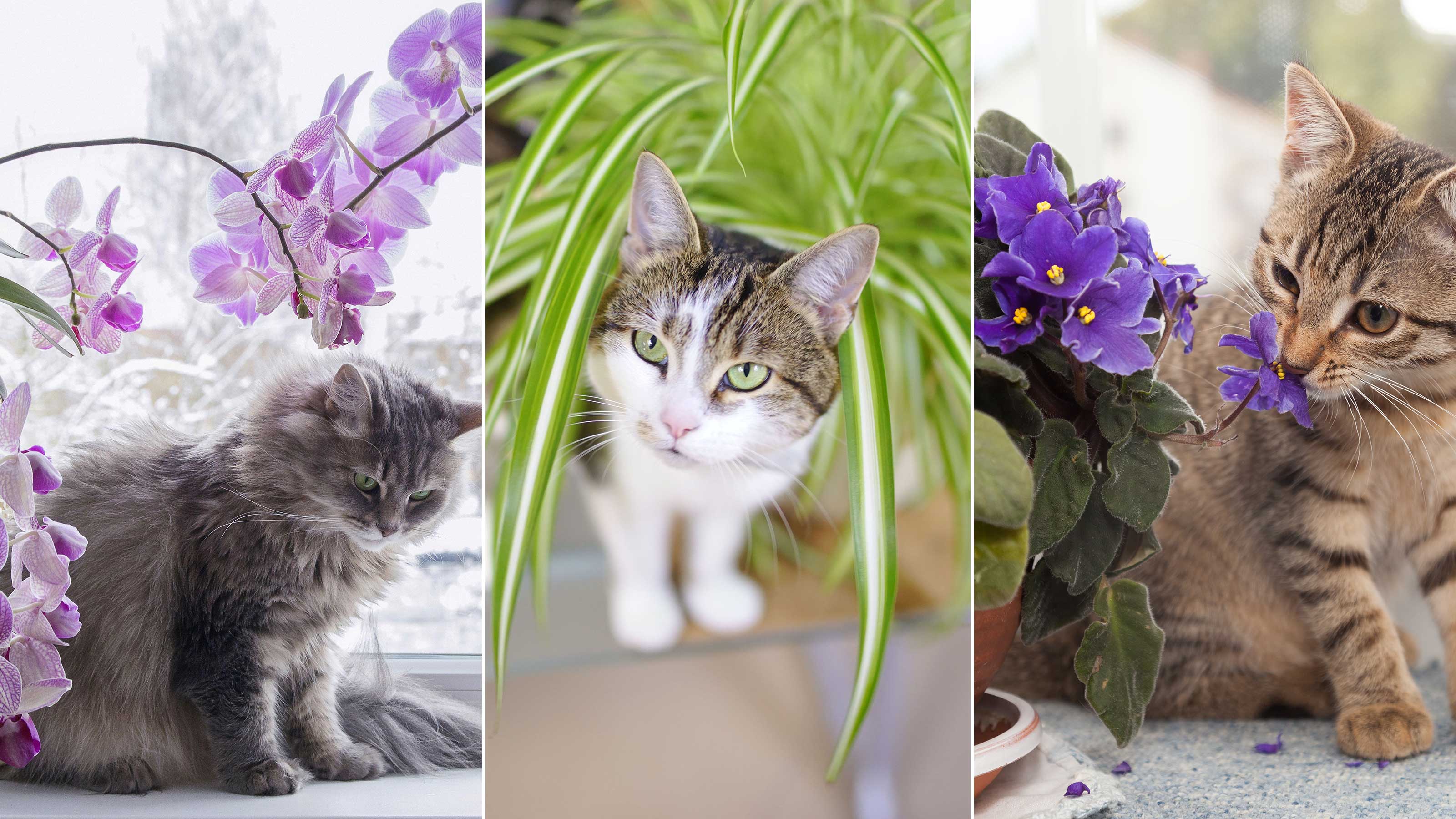 10 houseplants that are not toxic to cats — plus expert advice on keeping your pets safe
10 houseplants that are not toxic to cats — plus expert advice on keeping your pets safeKeep your four-legged companion safe by choosing these houseplants that are not toxic to cats, and learning the dangers of those that are, according to veterinary experts
By Holly Crossley Published
-
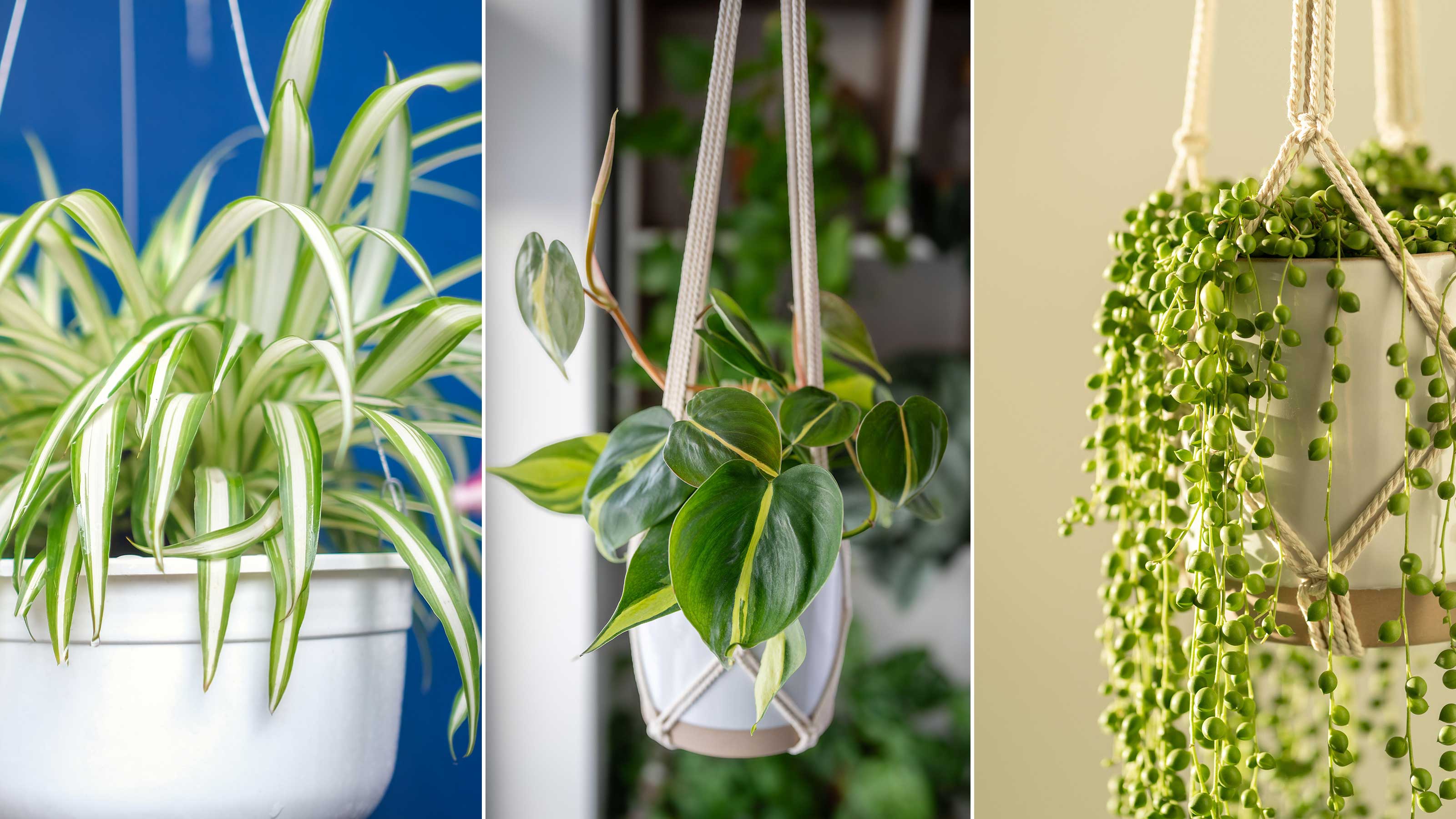 Best hanging basket houseplants — 10 leafy options for maximizing vertical space
Best hanging basket houseplants — 10 leafy options for maximizing vertical spaceDiscover the best hanging basket houseplants for elevating empty spaces in your home, as well as expert tips on how to keep them looking their best
By Holly Crossley Published
-
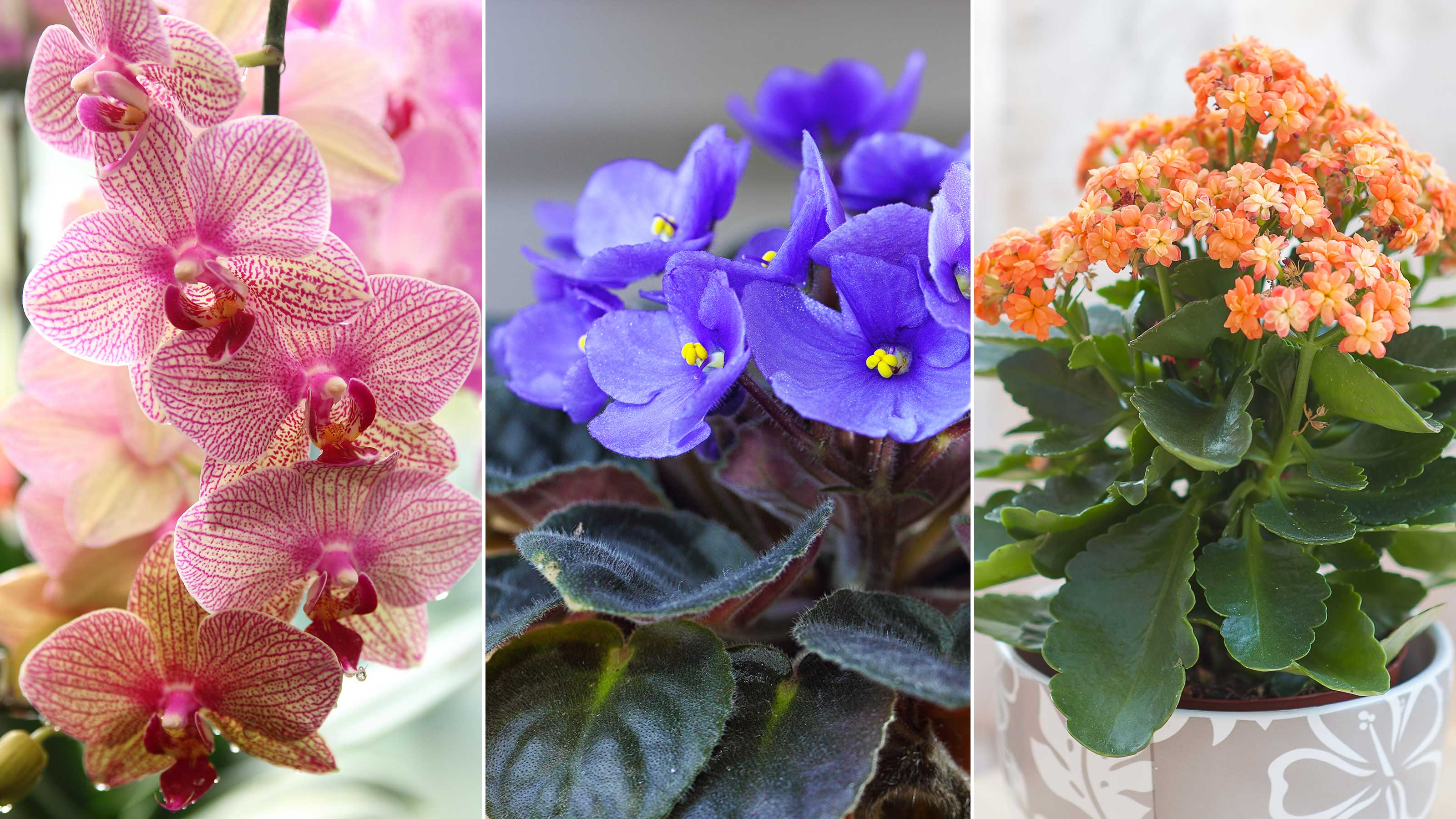 The 10 best indoor flowering houseplants to bring natural beauty to your space — including ones that blooms for months
The 10 best indoor flowering houseplants to bring natural beauty to your space — including ones that blooms for monthsThese are the best indoor flowering houseplants to beautify an interior scheme, plus expert advice on plant maintenance and styling
By Holly Crossley Published
-
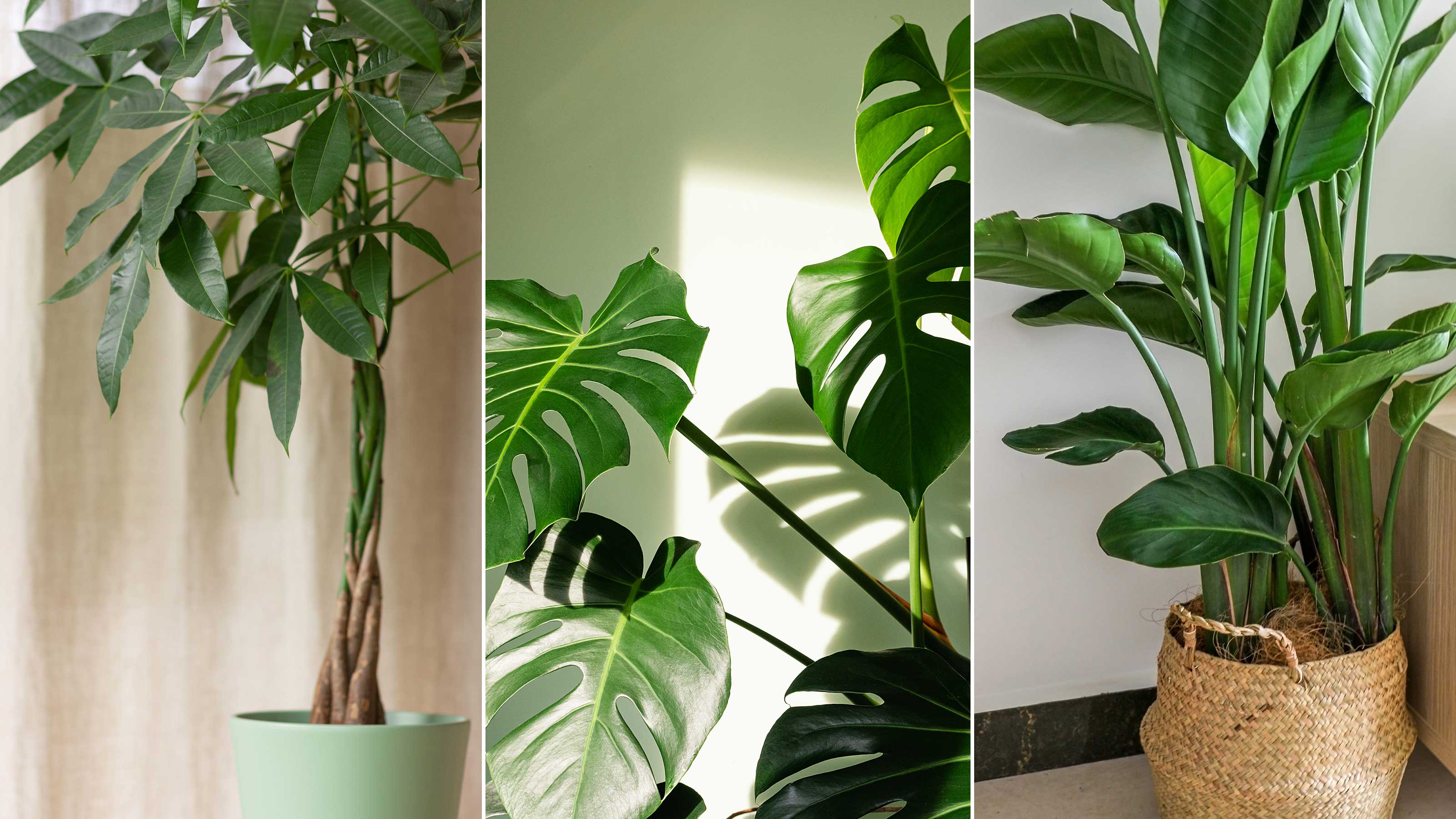 Best tall houseplants — 10 lofty options for indoor spaces
Best tall houseplants — 10 lofty options for indoor spacesThe experts reveal the best tall houseplants for a beautifully botanical interior scheme, plus practical tips on how to care for them
By Holly Crossley Published
-
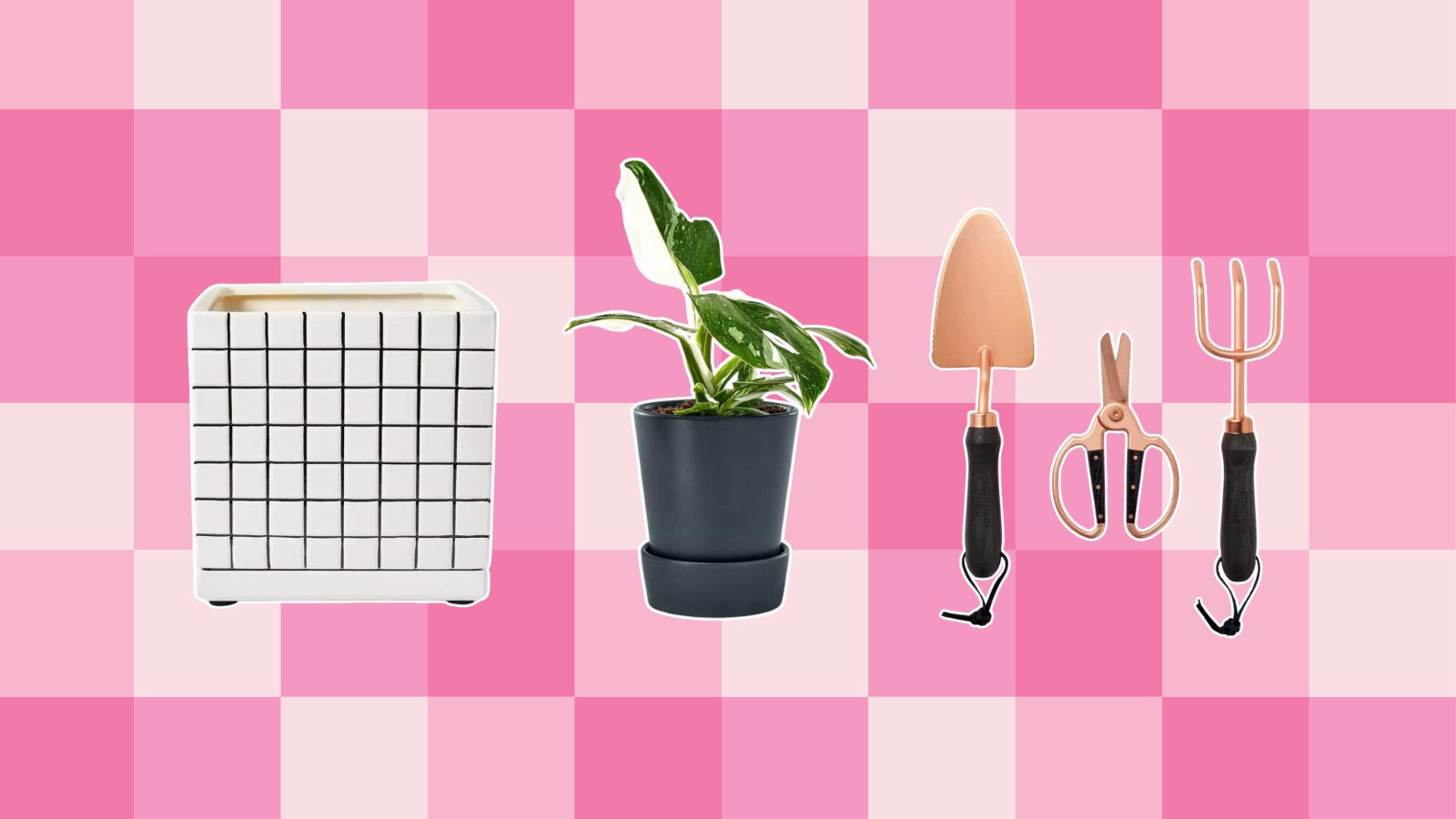 The new Hilton Carter Target line is every plant parent's dream — shop our favorite picks from $20
The new Hilton Carter Target line is every plant parent's dream — shop our favorite picks from $20The new Hilton Carter Target line is here and complete with live plants, cute decor, and handy tools. Shop our favorite picks from $20
By Danielle Valente Published
-
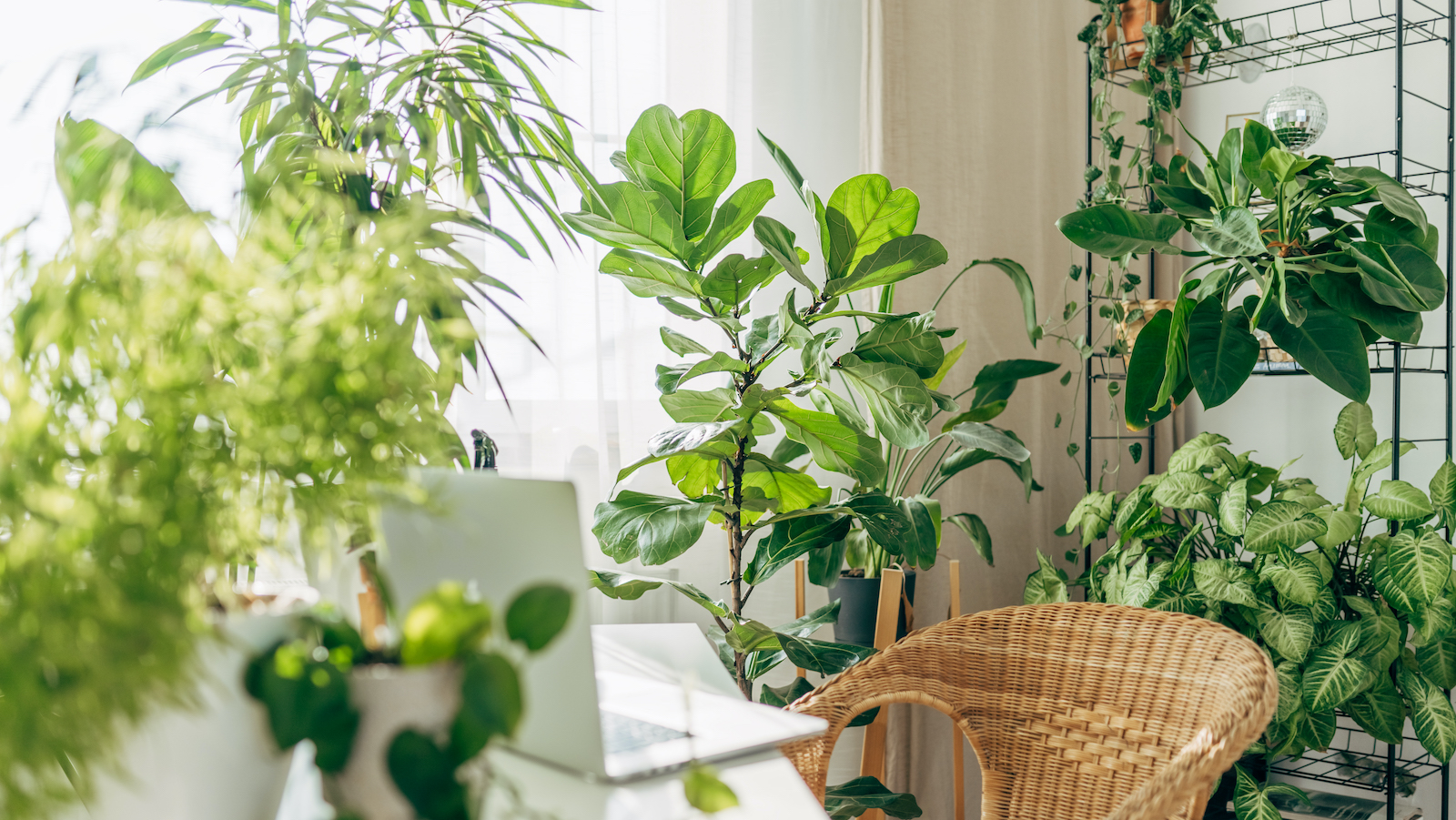 How to pollinate indoor plants — gardening experts spill their best tips
How to pollinate indoor plants — gardening experts spill their best tipsCurious how to pollinate indoor plants and when it is necessary? Let our gardening experts break it all down
By Danielle Valente Published
-
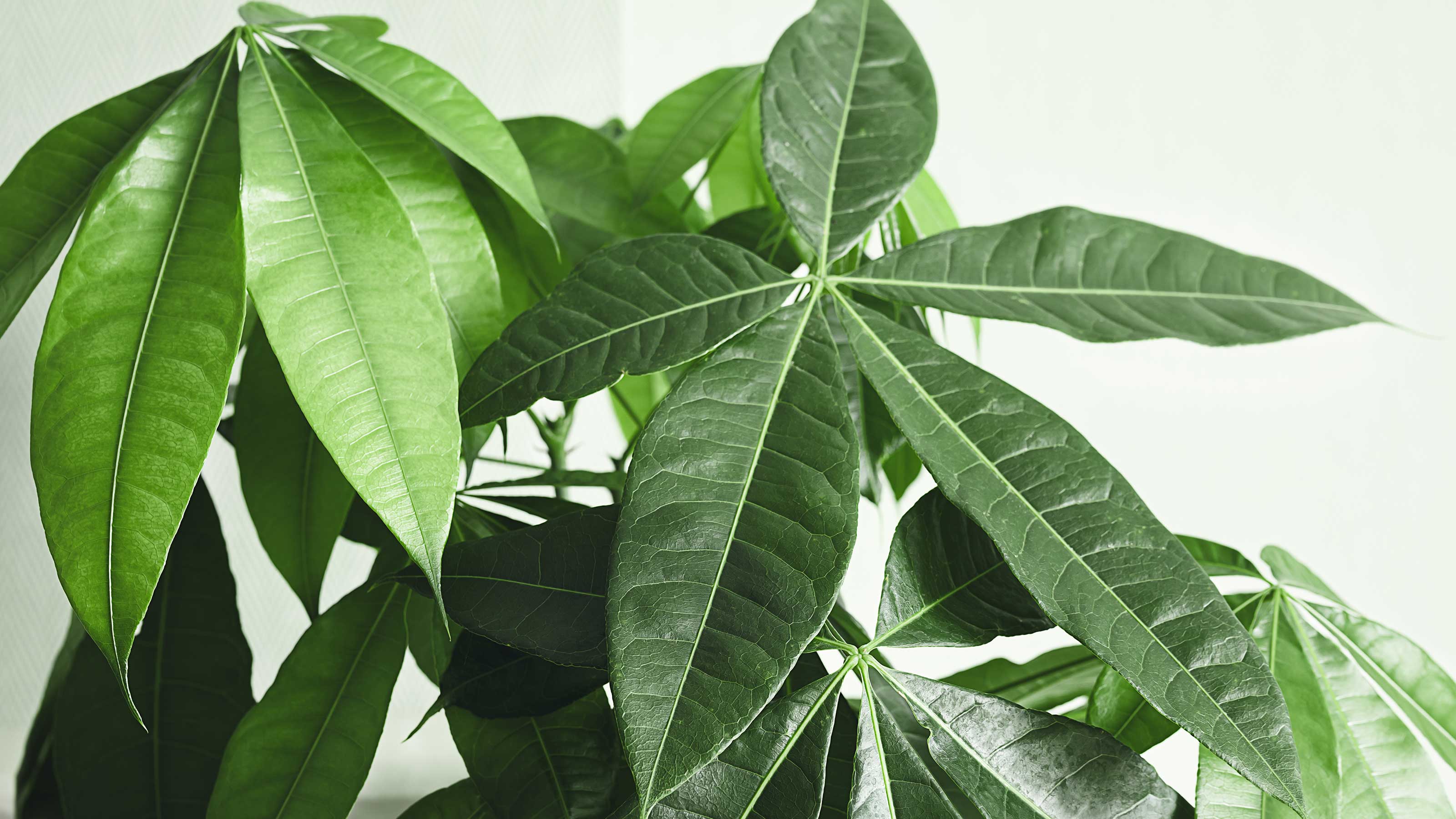 How to care for a money tree — 7 tips for thriving indoor plants
How to care for a money tree — 7 tips for thriving indoor plantsThe experts share top advice on how to care for a money tree, including practical tips for watering, soil type, and pest control
By Holly Crossley Published
-
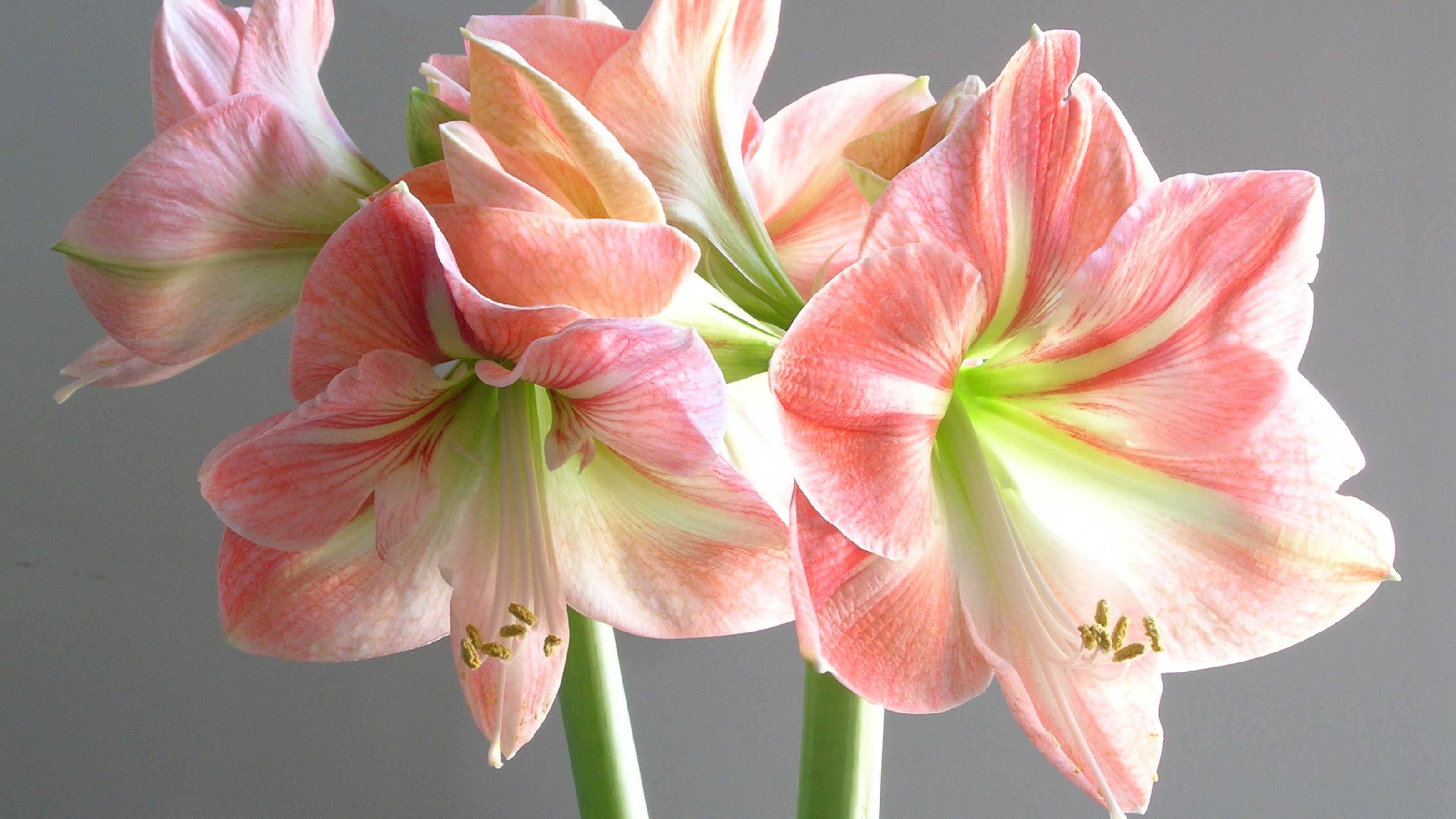 How to care for amaryllis — 9 tips for these fabulous flowering bulbs
How to care for amaryllis — 9 tips for these fabulous flowering bulbsLearn how to care for amaryllis with this practical guide, including expert-approved info on pruning, propagating, and whether you can move them outdoors
By Holly Crossley Published